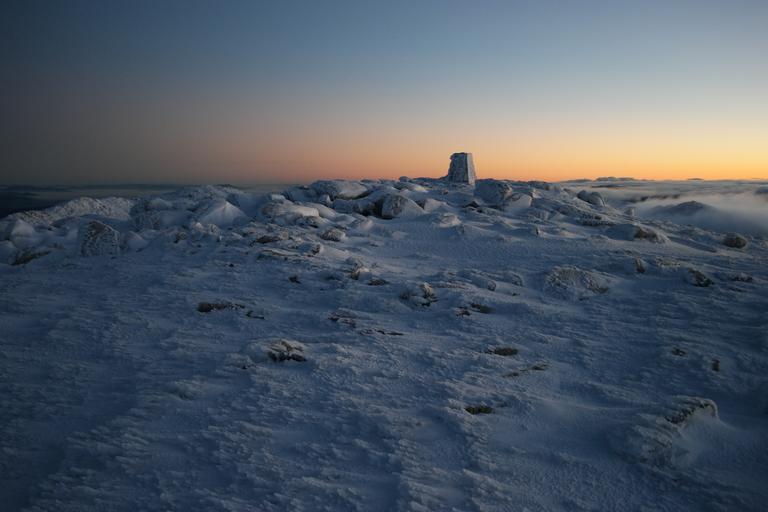# The Enigmatic Figure: Crafting Mystery Through Self-Portraiture
**Introduction**

# **Understanding Liminal Worlds in Photography**
Liminality refers to transitional spaces—places that exist between two states or worlds. In photography, these liminal environments can be powerful backdrops for self-portraits.
**The Role of Tunnel Photography in Liminal Spaces**
**Tunnel photography** exemplifies this concept beautifully. The circularity of a **round tunnel in photography** symbolizes both an entrance and exit, inviting viewers into a world that feels suspended between reality and dreams. Such images often evoke questions about journeys undertaken or those yet to come.
**Creating Atmospheric Portraits with Murky Tones**
One effective way to cultivate mystery is through the deliberate use of **murky tones in photography**. These subdued colors create depth and intrigue, encouraging viewers to ponder what lies beyond the frame.
# **Harnessing Wet Textures for Depth**
Incorporating elements like reflective puddles or wet ground adds layers to your compositions. The interplay between these textures can elevate a photograph from mere representation to immersive storytelling.
**Encountering Rare Locations for Unique Narratives**
Finding a rare location can significantly enhance your self-portrait's impact. The sense of isolation one feels within these settings often manifests itself visually, making each shot feel like part of a hidden journey waiting to be discovered.
# **Creating an Ethereal Atmosphere Through Lighting**
Lighting plays a pivotal role in shaping mood—a fact well-known among photographers seeking an ethereal ambiance.
**Backlit Subjects: Merging Light with Shadow**
Using backlighting effectively transforms ordinary subjects into enigmatic figures shrouded in mystery. This technique emphasizes contour while maintaining anonymity, allowing viewers’ imaginations to fill in gaps left unspoken.
**Exploring Themes Related to Transitional Spaces**
Transitional spaces speak volumes about human experience—those moments caught between past memories and future aspirations.
# **Visual Storytelling Techniques for Engaging Audiences**
Mastering visual storytelling involves blending technical skill with creative vision—each photograph telling its own narrative arc without words being spoken aloud.
# **Shadowy Reflections: Playing with Perception**
Using mirrors or reflective surfaces opens new avenues for exploration within portrait work—shadowy reflections can complicate identities further while simultaneously enriching narratives presented throughout frames captured by cameras.
# **Abstract Forms: Pushing Boundaries Beyond Traditional Portraiture**
Embracing abstract forms challenges conventional notions surrounding self-portraiture while inviting fresh interpretations rooted firmly within contemporary dialogues surrounding identity politics today!
# **Fleeting Light: Capturing Moments Before They Disappear Forever!**
Capturing fleeting light requires patience coupled with skillful execution—timed perfectly so every frame preserves ephemeral beauty before it vanishes forevermore!
# What is self-portraiture?
Self-portraiture involves capturing oneself through photography or any visual medium as a means of artistic expression.
2. # What are some tips for finding unique locations?
Explore abandoned places, urban decay sites, or natural landscapes off-the-beaten-path; each offers distinct atmospheres perfect for evocative portraits!
4. # Can composition change how my audience perceives my work?
Absolutely! Thoughtful composition guides viewer attention around key elements while imparting deeper messages layered within contextually relevant frames!
6. Conclusion

http://journeynotes209.yousher.com/blooming-in-ruins-capturing-life-amidst-decay